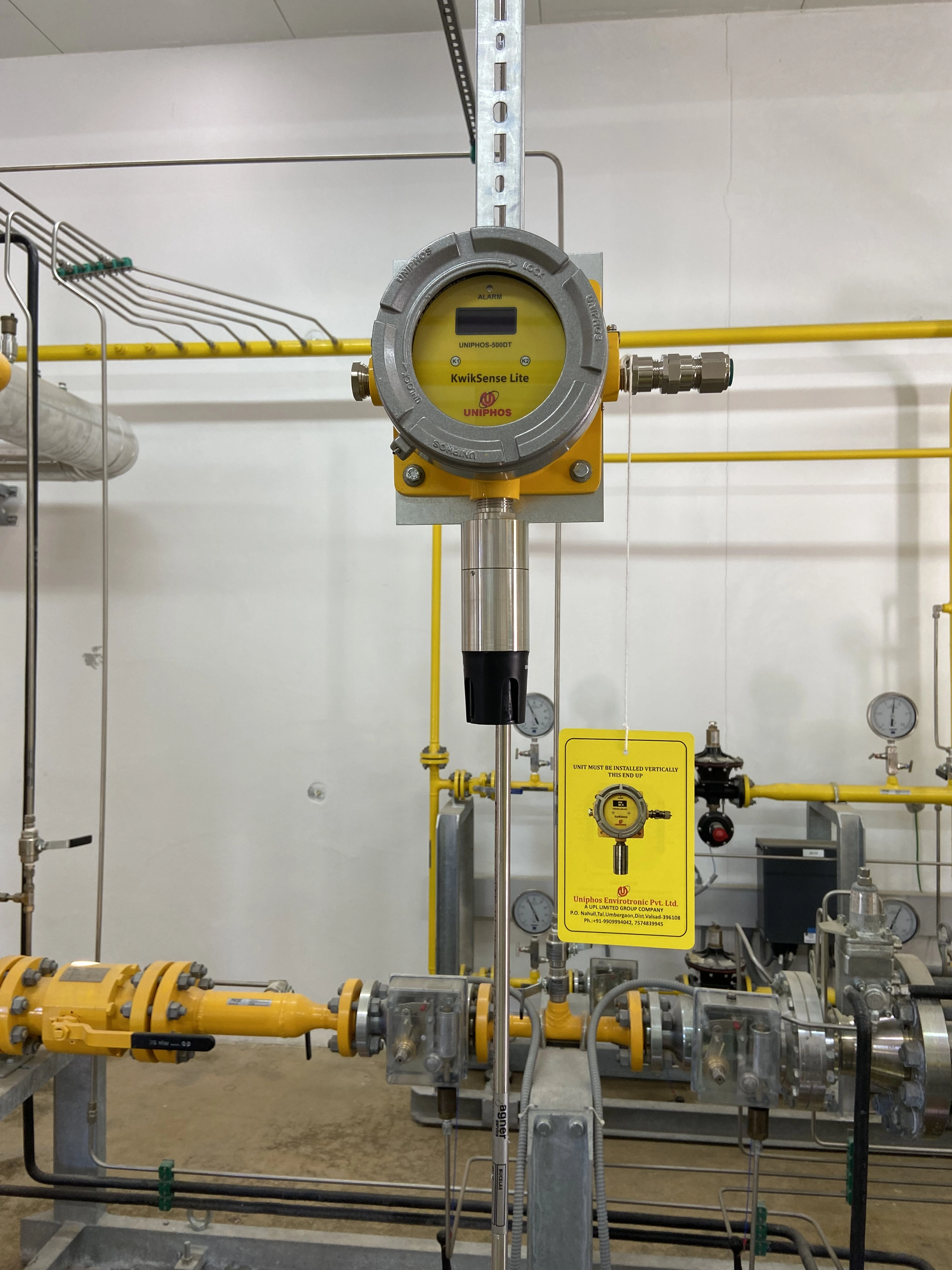Permanent use of CH4 and H2 sensors in enclosed spaces
Challenge
Permanent monitoring of physical spaces with potential explosive atmosphere formation in the GRMSs (Gas Regulating and Metering Stations) of the Portuguese National Gas Transmission Network.
Goals
The permanent use of CH4 and H2 sensors in enclosed spaces consists in the implementation of a network of methane (CH4) and hydrogen (H2) sensors for remote monitoring of concentration levels in battery rooms and process rooms of the GRMSs.
The absence of permanent monitoring of classified spaces (ATEX zone 1 and 2) may potentially generate explosive atmospheres following the occurrence of malfunctions/anomalies endangering people and facilities.
Leaks in the installation can generate potentially dangerous levels of CH4 concentration and, in the battery rooms, the electrolysis process of the electrolyte contained in the accumulators and associated with the process of charging them, can also produce potentially dangerous levels of H2 concentration. The installation of CH4 and H2 sensors seeks to mitigate the risk of explosion in these spaces. Monitoring and supervision is done remotely in real time. Data collection and storage is done via the MAXIMO management and maintenance platform in integration with SCADA.
To test the concept, a pilot was carried out at the Bucelas and Frielas Stations.
Benefits
- Improving the safety levels of people and goods in the Portuguese National Gas Transmission Network infrastructures.
- Quantification and characterisation of the existence of potential explosive atmospheres.
- Real-time knowledge gathering and corresponding action in the event of the formation of explosive atmospheres in monitored spaces.
- Collection and processing of data enabling the improvement and control of procedural instruments.
- Increase in the level of prevention against potential incidents/accidents at REN’s infrastructure stations.
- With the introduction of hydrogen in the Portuguese National Transmission Grid in the near future, there is a need to evaluate the suitability of the current GRMSs for this new reality. The possibility of monitoring H2 inside these facilities could be an essential tool in supporting decision making.
